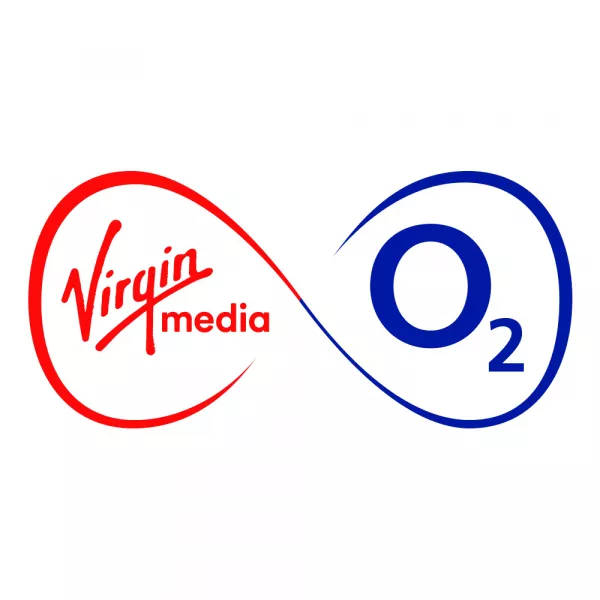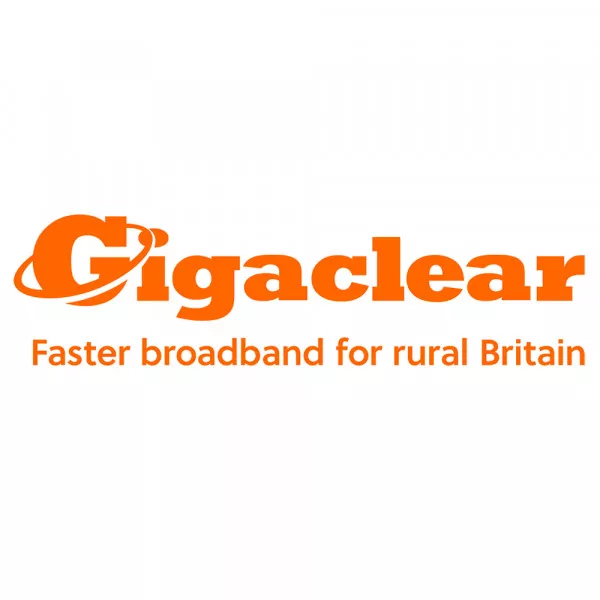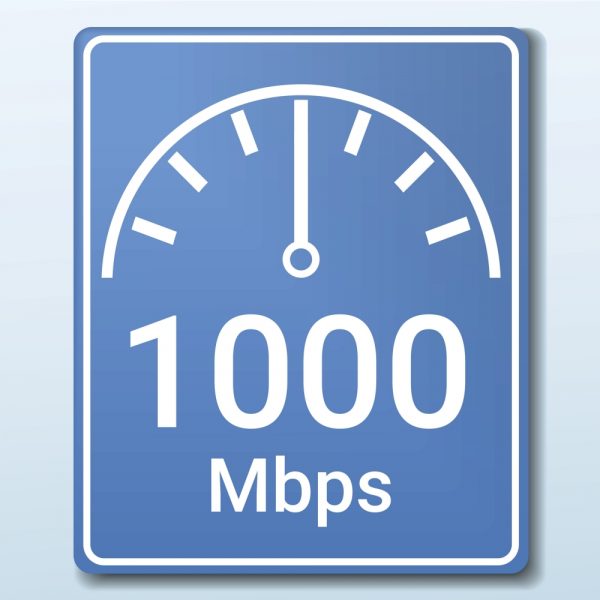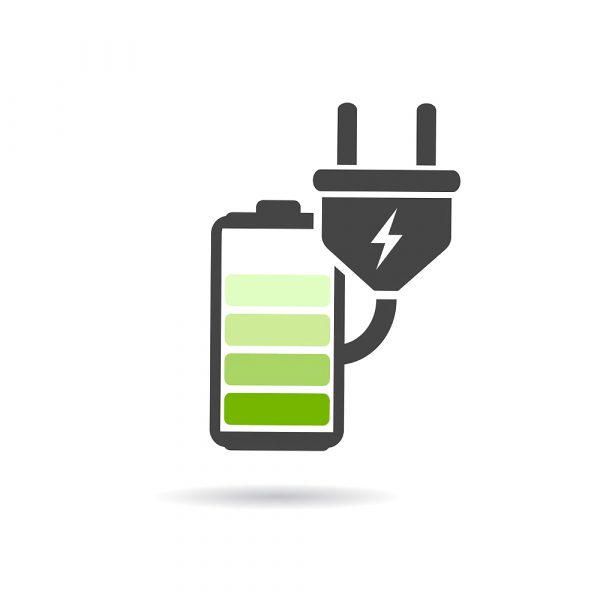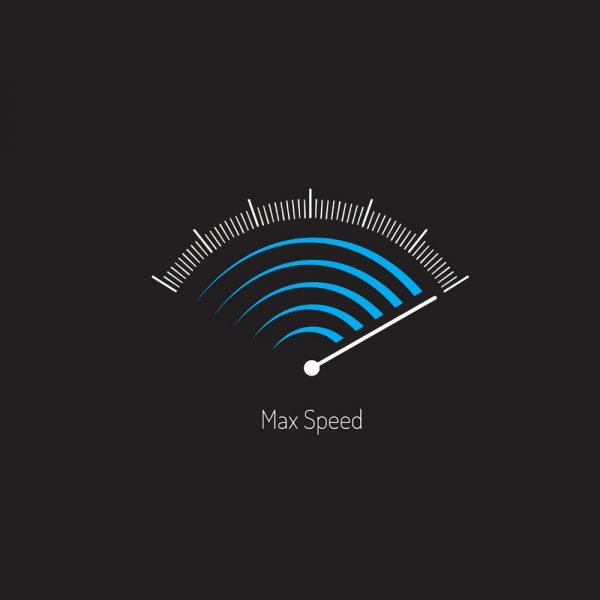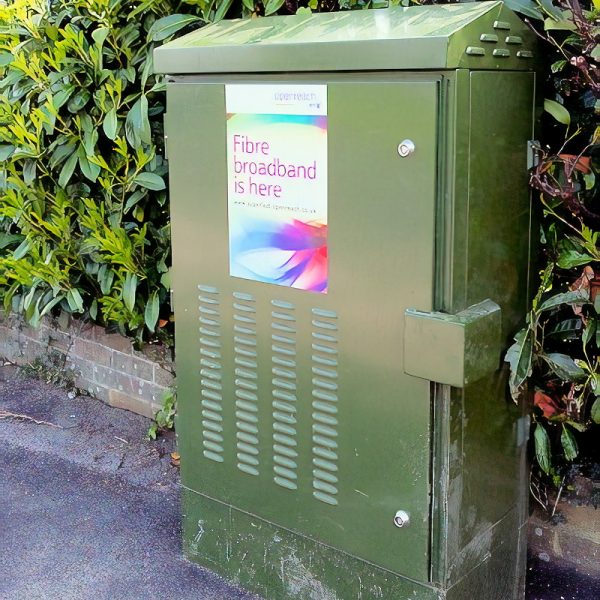Sponsored Links
UK Holds 5th in OECD Global Broadband ISP Subscriber League Table
Posted: 12th Dec, 2009 By: MarkJ
The Organization for Economic Cooperation and Development (OECD), which does not include countries such as China and Russia, has updated its latest semi-global broadband subscriber statistics with data covering the period to June 2009. The top 5 largest countries by broadband subscriber size were - 1. USA (81,170,428), 2. Japan (30,927,003), 3. Germany (24,043,0000), 4. France (18,675,000) and the UK held 5th place on 17,742,676.
Overall there were 271,134,392 total broadband subscribers in the 30 OECD countries, an increase of 10% from June 2008. DSL ( ADSL etc. ) broadband technology accounts for 60% of connections, Cable Modem taking 29%, Fibre Optic + LAN ( FTTH etc. ) on 9% and other methods (wireless etc.) with just 2%.

The statistics also show that future growth in broadband is likely to come from fibre optic networks ( FTTH / P ), rather than DSL or Cable Modem . Nearly one in ten OECD subscribers currently accesses the internet over fibre. In Japan and Korea, most people do. And fibre is growing fast in Sweden, Denmark, Norway and the United States.
However most of the UK's future fibre optic deployments will be FTTC based or similar, which uses an existing and slower copper wire to reach homes and businesses via the "last mile" from street cabinets. This method is not considered to be a true fibre optic broadband service like FTTH (takes a fibre optic cable directly into homes) and is thus excluded from most statistics.
We note that the OECD's data on broadband prices and speed has not been updated since we first covered it in May (original news). The average advertised broadband speed is still 9.6Mbps for DSL, 14.9Mbps for cable and 65.3Mbps for fibre optic. The average advertised broadband speed in the UK is around 10Mbps.
Overall there were 271,134,392 total broadband subscribers in the 30 OECD countries, an increase of 10% from June 2008. DSL ( ADSL etc. ) broadband technology accounts for 60% of connections, Cable Modem taking 29%, Fibre Optic + LAN ( FTTH etc. ) on 9% and other methods (wireless etc.) with just 2%.

The statistics also show that future growth in broadband is likely to come from fibre optic networks ( FTTH / P ), rather than DSL or Cable Modem . Nearly one in ten OECD subscribers currently accesses the internet over fibre. In Japan and Korea, most people do. And fibre is growing fast in Sweden, Denmark, Norway and the United States.
However most of the UK's future fibre optic deployments will be FTTC based or similar, which uses an existing and slower copper wire to reach homes and businesses via the "last mile" from street cabinets. This method is not considered to be a true fibre optic broadband service like FTTH (takes a fibre optic cable directly into homes) and is thus excluded from most statistics.
We note that the OECD's data on broadband prices and speed has not been updated since we first covered it in May (original news). The average advertised broadband speed is still 9.6Mbps for DSL, 14.9Mbps for cable and 65.3Mbps for fibre optic. The average advertised broadband speed in the UK is around 10Mbps.
Search ISP News
Search ISP Listings
Search ISP Reviews
Latest UK ISP News

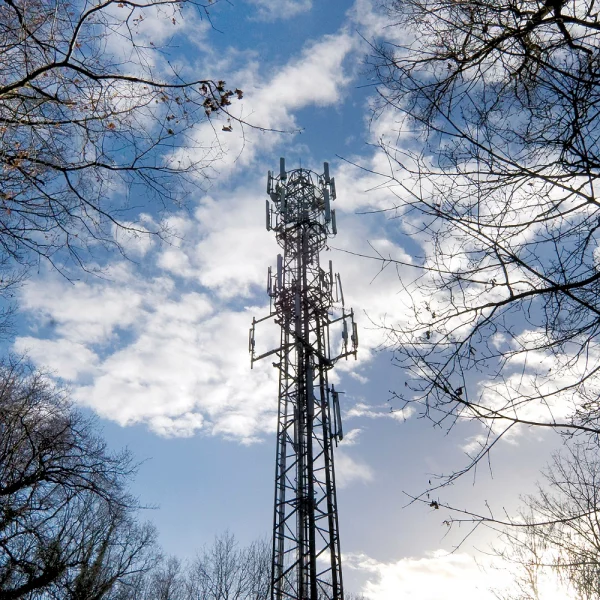
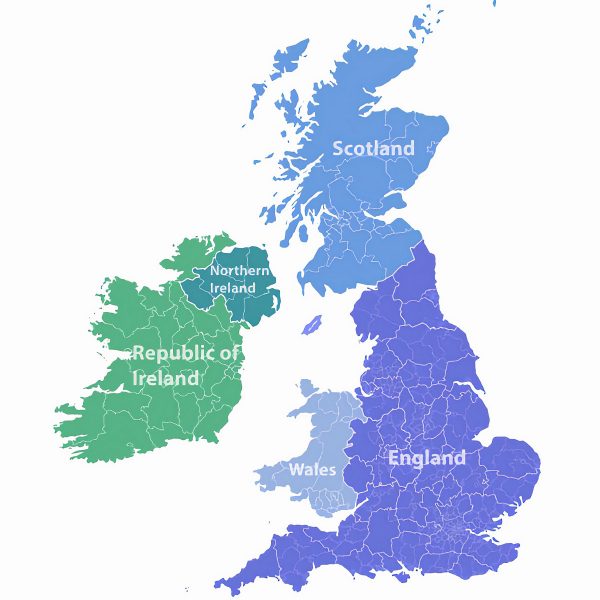
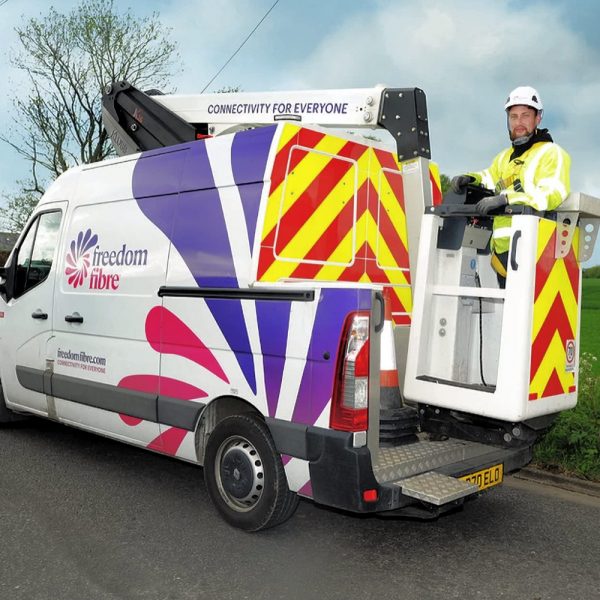




Cheap BIG ISPs for 100Mbps+
150,000+ Customers | View More ISPs
Cheapest ISPs for 100Mbps+
Modest Availability | View More ISPs
Latest UK ISP News
Helpful ISP Guides and Tips
Sponsored Links
The Top 15 Category Tags
- FTTP (5531)
- BT (3518)
- Politics (2542)
- Openreach (2298)
- Business (2266)
- Building Digital UK (2247)
- FTTC (2045)
- Mobile Broadband (1977)
- Statistics (1790)
- 4G (1668)
- Virgin Media (1621)
- Ofcom Regulation (1465)
- Fibre Optic (1396)
- Wireless Internet (1391)
- FTTH (1382)
Sponsored
Copyright © 1999 to Present - ISPreview.co.uk - All Rights Reserved - Terms , Privacy and Cookie Policy , Links , Website Rules

